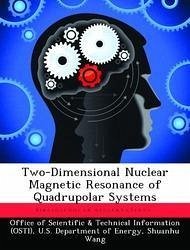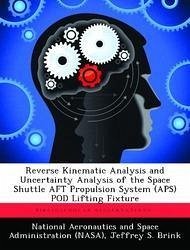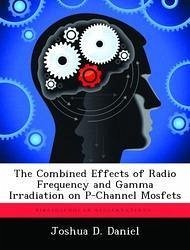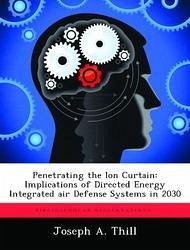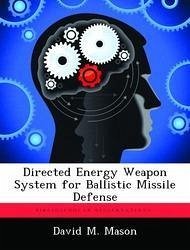
Isomer Energy Source for Space Propulsion Systems
Versandkostenfrei!
Versandfertig in über 4 Wochen
52,99 €
inkl. MwSt.
Weitere Ausgaben:

PAYBACK Punkte
26 °P sammeln!
Presented in this work are the results of an investigation of alternative means for powering spacecraft and launch vehicles with energy sources other than chemical combustion. Nuclear Thermal Propulsion (NTR) and the energy release of a nuclear spin isomer present potential for increased rocket performance with a compact, high-energy fuel sources replacing the combustion engines of the Delta IV-H 1st and 2nd stage vehicles. NTR was represented by the Nuclear Engine for Rocket Vehicle Application, CERMET, and the Particle Bed Reactor (PBR) fission designs, while the isomer hafnium-178-m2 was in...
Presented in this work are the results of an investigation of alternative means for powering spacecraft and launch vehicles with energy sources other than chemical combustion. Nuclear Thermal Propulsion (NTR) and the energy release of a nuclear spin isomer present potential for increased rocket performance with a compact, high-energy fuel sources replacing the combustion engines of the Delta IV-H 1st and 2nd stage vehicles. NTR was represented by the Nuclear Engine for Rocket Vehicle Application, CERMET, and the Particle Bed Reactor (PBR) fission designs, while the isomer hafnium-178-m2 was investigated in a PBR configuration. Energy storage levels of 1.3 GJ/g are possible with this material, though the successful triggering and maintenance of a chain reaction in this material are still debated topics within the scientific community. The best application for either technology is as an upper stage vehicle with the shielding requirements reduced to that of just a shadow shield between the core and the spacecrafts upper structure.








